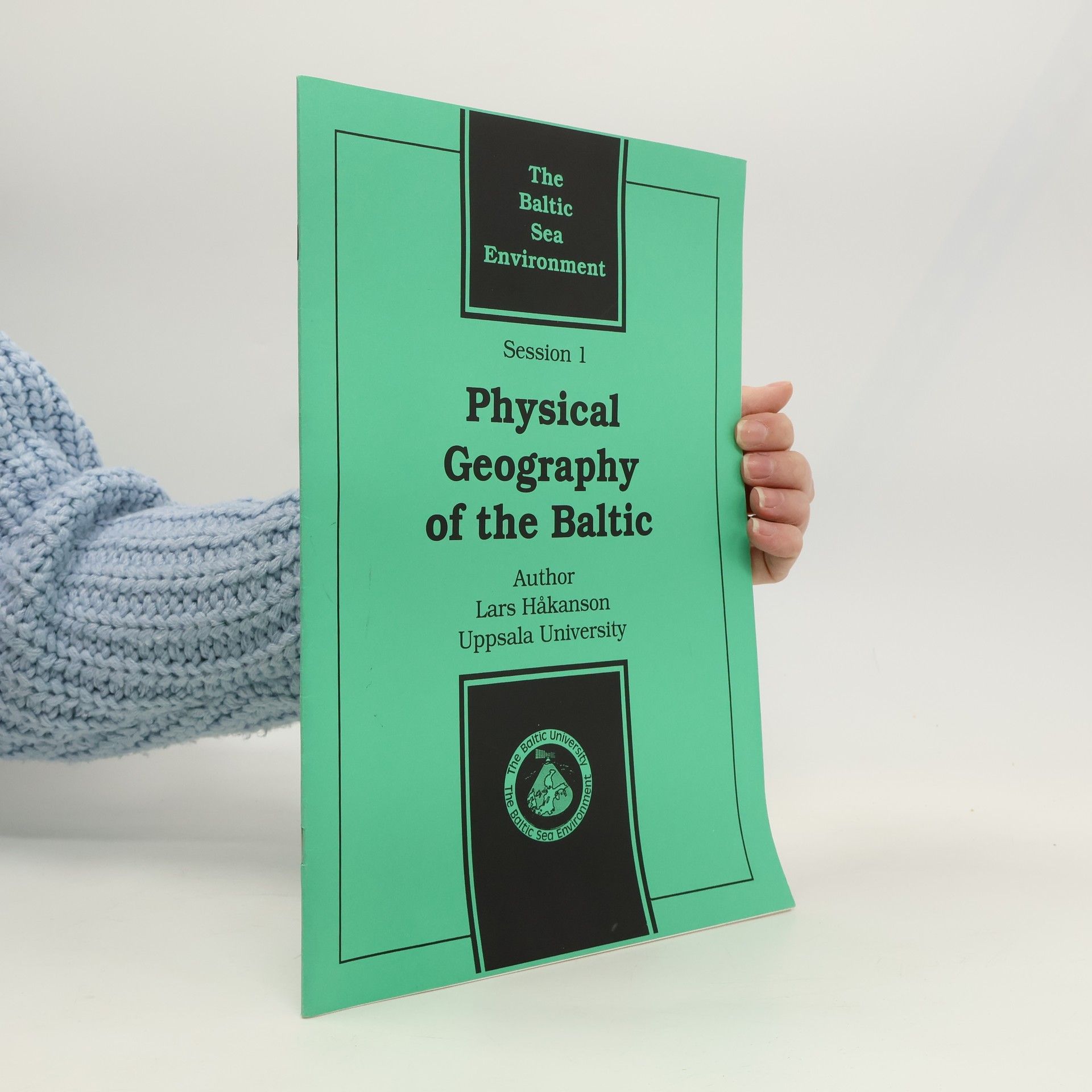Focusing on the interplay between lake morphology and ecosystem dynamics, the book explores how variations in lake size and shape influence transport processes like sedimentation and mixing. These processes affect key water quality variables such as phosphorus levels and pH, which in turn impact primary and secondary production, including the populations of zooplankton and fish. Utilizing empirical data, statistical analyses, and mechanistic models, it serves as a valuable resource for researchers, students, and professionals in limnology and lake management.
Lars Hakanson Livres




Eutrophication in the Baltic Sea
Present Situation, Nutrient Transport Processes, Remedial Strategies
For many years the reduction of eutrophication in the Baltic Sea has been a hot issue for mass-media, science, political parties and environmental action groups with manifold implications related to fisheries (will the Baltic cod survive?), sustainable coastal development (have billions of Euros been wasted on nitrogen reductions?), ecotoxicology (can we safely eat Baltic fish?). This book takes a holistic process-based ecosystem perspective on the eutrophication in the Baltic Sea, with a focus on the factors regulating how the system would respond to changes in nutrient loading. This includes a very special process for the Baltic Sea: land uplift. After being depressed by the glacial ice, the land is now slowly rising adding vast amounts of previously deposited nutrients and clay particles to the system. 110,000 to 140,000 tons of phosphorus per year are added to the system from land uplift, in comparison to the 30,000 tons of phosphorus per year from rivers.
Effective knowledge transfer requires deliberate managerial action, particularly in multinational organizations formed through mergers and acquisitions. These organizations face unique challenges as individual subunits are influenced by their local environments and often exhibit distinct organizational cultures, administrative histories, and work practices. Research on mergers and acquisitions highlights the significant obstacles to achieving synergies through knowledge sharing in such contexts. The foundation of current literature on knowledge and its transfer can be traced back to seminal works by Nelson and Winter, and further developed by Winter's exploration of tacit versus codified knowledge, along with contributions from Kogut and Zander. This literature views the multinational firm as a social community focused on knowledge creation and transfer. The concept of 'higher order organizational routines' and employee 'identifications' enables firms to transfer knowledge, particularly tacit knowledge, more efficiently and cost-effectively than through external means like licensing or imitation. This perspective explains the existence of firms without relying on notions of opportunism or transaction costs, which has contributed to its widespread acceptance.